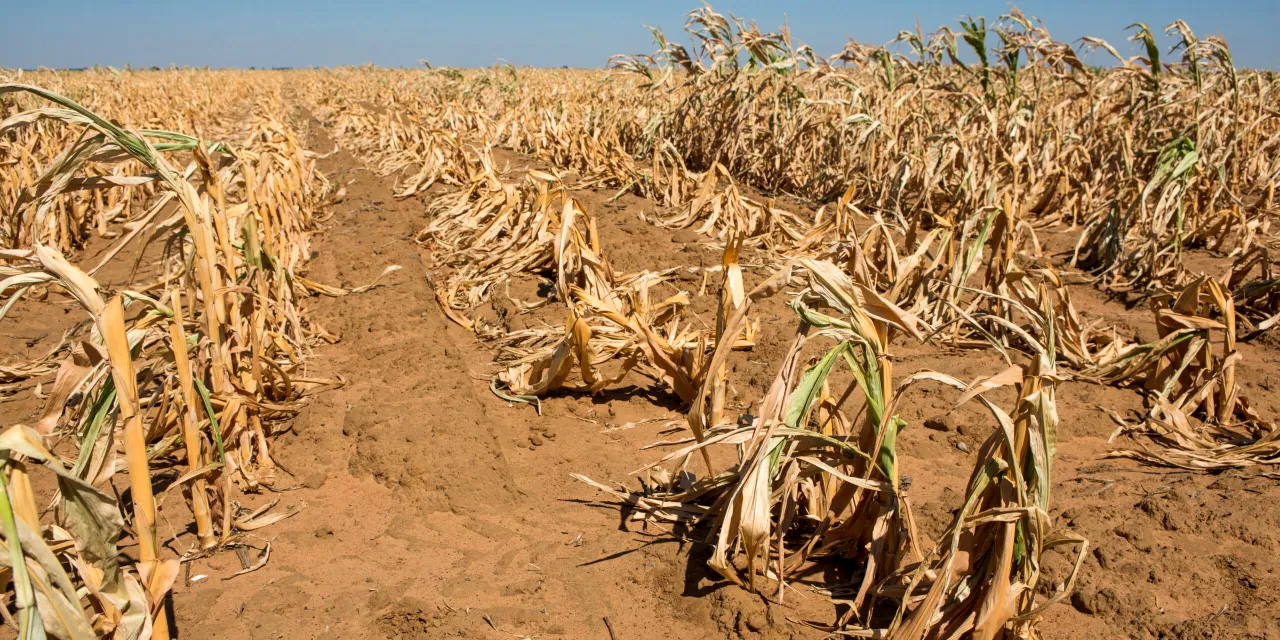The South African Weather Service has maintained its view that the southwest of the country will have a relatively dry autumn and winter during that region’s rainy season, a forecast with serious implications for winter crops and water security.
By contrast, the southern and eastern coastal regions of South Africa are expected to have an exceptionally wet winter, a state of affairs that could heap more misery on areas that have been experiencing severe floods.
Read more: In the wild world of KZN, disruptive floods are now a seasonal reality — this is what we need to do
“Due to the change of seasons into late autumn (April-May-June) and early- to mid- winter (May-June-July and June-July-August), the focus shifts to the southwestern parts of the country and the southern and eastern coastal areas,” the Weather Service said in its monthly Seasonal Climate Watch that looks five months ahead — in this case until the end of August.
“The southwestern parts of the country are expected to receive below-normal rainfall during the forecasted seasons, and the southern and eastern coastal areas are expected to receive mostly above-normal rainfall.”
Maximum temperatures across most of the country are also expected to be above normal countrywide. This has been the outlook for months, but pointedly it has not changed and keeps getting extended month by month.
“The South African Weather Service’s latest comments in its Seasonal Climate Watch report on 31 March 2025 are somewhat concerning,” said Wandile Sihlobo, chief economist at the Agricultural Business Chamber.
The Western Cape is the major producer of South Africa’s winter crops, including wheat. But Sihlobo noted that the next monthly forecast at the end of April would be the best guide as it would be published shortly before soil preparation and planting took place in the region.
The weather service also said that the La Niña weather pattern was now over — echoing other global forecasters — with the global climate dance known as the El Niño-Southern Oscillation (Enso) now in a neutral state.
Read more: Has the La Niña weather pattern faded and if not, how long will it last?
Enso’s impact on this region is muted in the winter, but what takes place next will be of critical importance to next summer’s weather outlook.
La Niña typically brings good rains to southern Africa, while its opposite El Niño usually heralds drought in this region, and last summer was a scorcher that decimated the staple maize crop.
Tentative global forecasts currently see reasonable prospects of La Niña forming again by the early summer months, but the chances have been reduced from previous outlooks. At least the forecasts see little chance of El Niño forming this year, but it is really too early to tell at this stage.
The bottom line is that if you live in the southwest of South Africa, the winter rains are not seen as amounting to much this year. And if you live in the eastern coastal regions of the country, break out the umbrellas. DM
https://www.youtube.com/watch?v=REeWvTRUpMk
Business Maverick
La Niña is over as SA’s southwest braces for an unseasonably dry winter
A relatively dry winter is forecast for South Africa’s southwest while the eastern coastal regions of the country look set to get more of the heavy rains that have already caused flooding this year.





